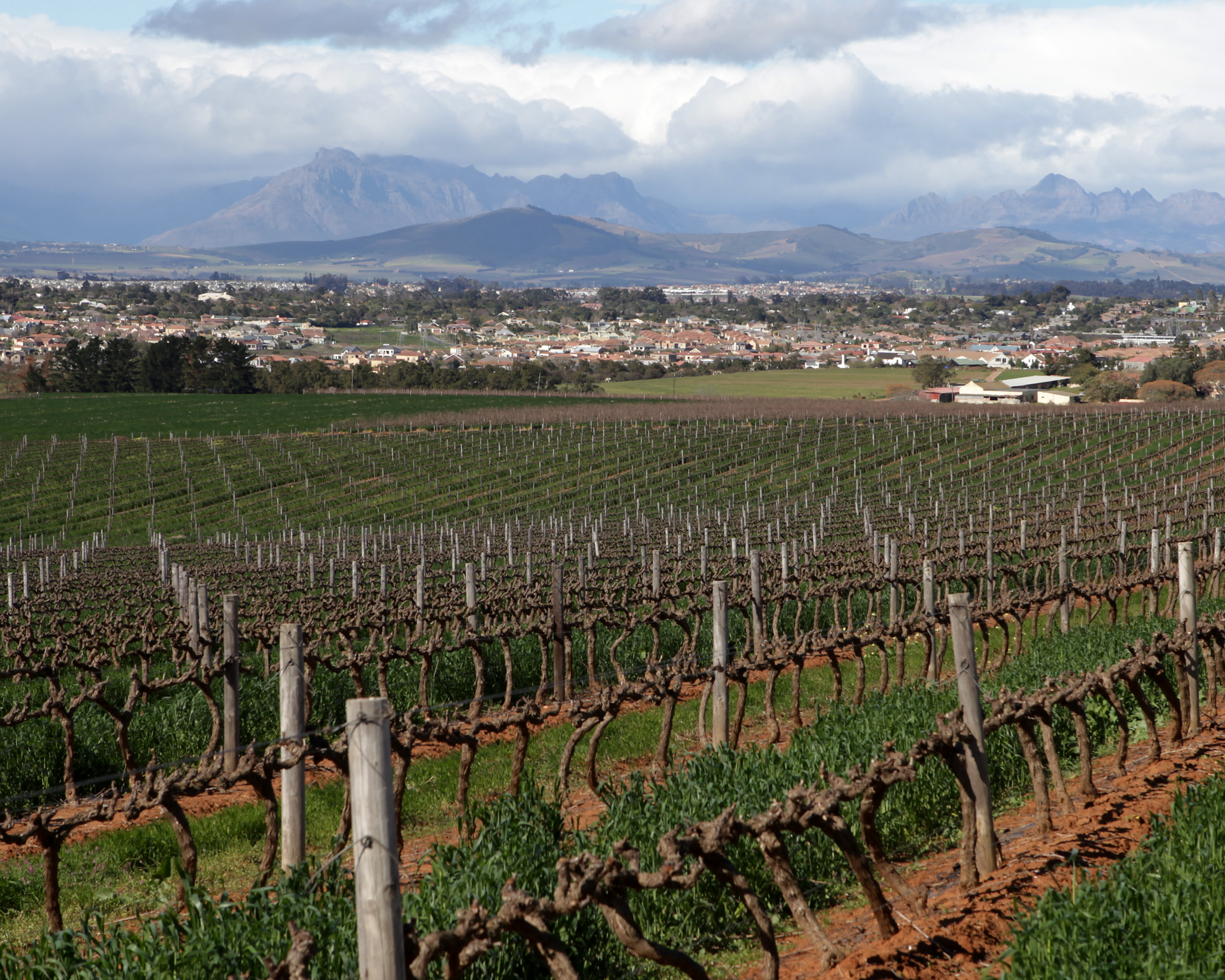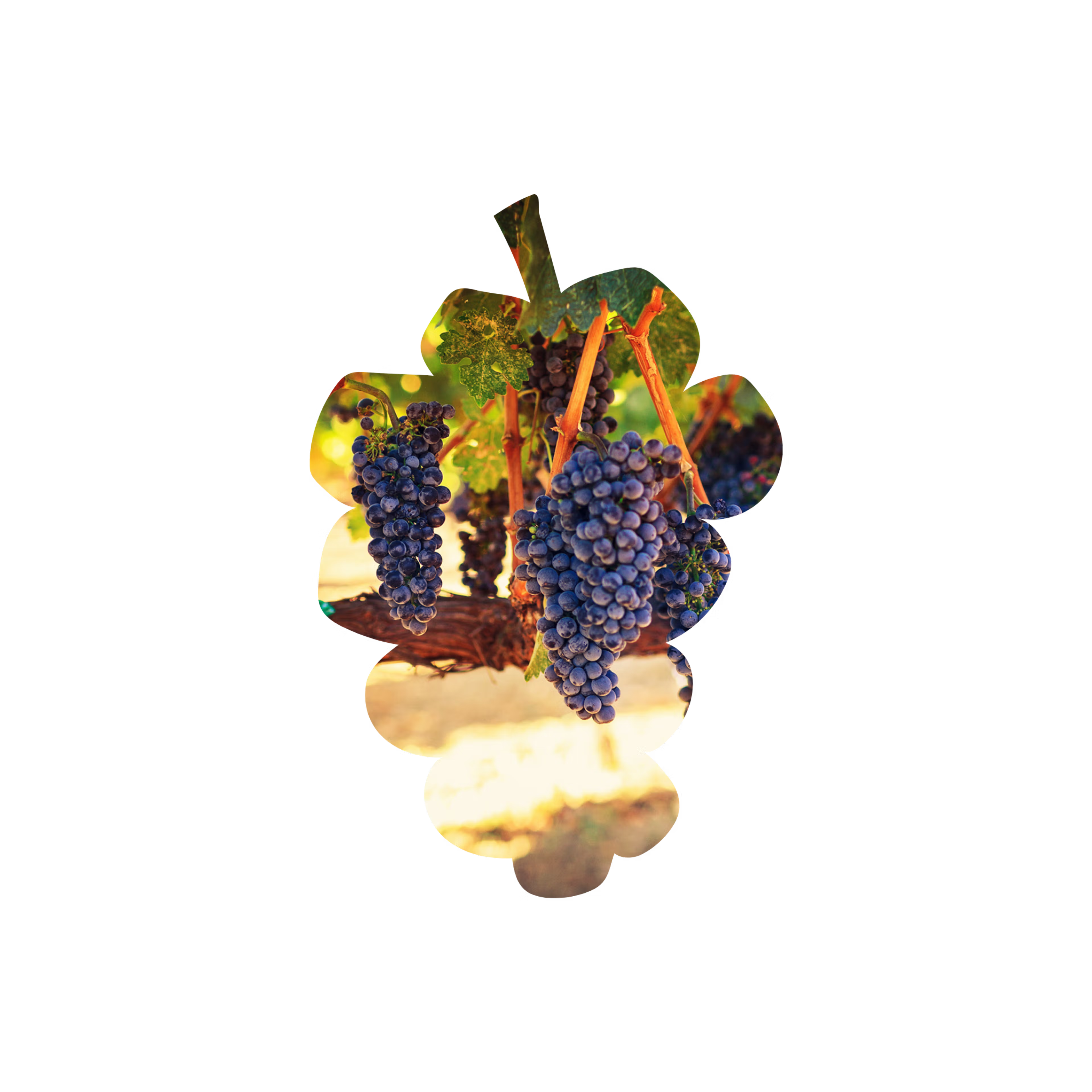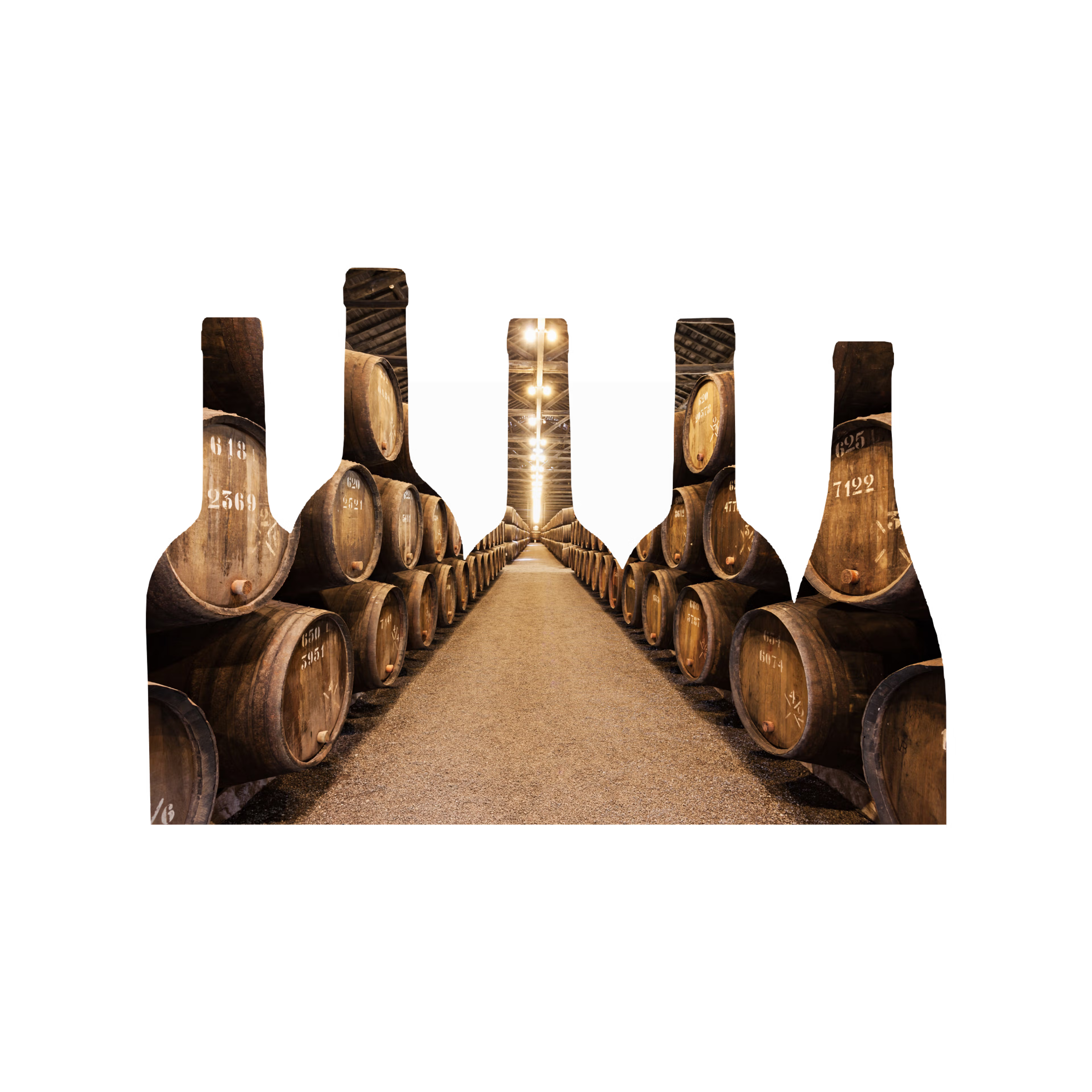

Olifants River: Value-Driven Wines in the North
From robust Chenin Blanc to fortified reds, discover the hot and arid region producing bold, fruit-driven wines at exceptional value.
Great wines come from the land and the sun, and in Olifants River, both shine in their own way.
- South African proverb
The Olifants River: South Africa’s Hotbed for Value Wines
Located in the northern part of South Africa, the Olifants River wine region is known for its hot, arid climate, which shapes the bold, fruit-forward wines that emerge from its vineyards. The region’s primary focus is on producing value-driven wines that are approachable, fruit-centric, and perfect for everyday enjoyment. While many of the wines from this region are priced affordably, they do not sacrifice quality. Rich in flavor and texture, the wines of Olifants River showcase the power of South Africa’s sun-drenched vineyards.
The Olifants River is divided into several distinct sub-regions, with Citrusdal and Lutzville standing out for their unique terroirs. Citrusdal is celebrated for its robust Chenin Blanc and Shiraz, with vineyards nestled in the river valleys and foothills. Meanwhile, Lutzville benefits from coastal breezes that cool the region, allowing the production of clean, fresh whites and approachable reds. The combination of these sub-regions and their specific climates contributes to the variety and complexity of wines produced in Olifants River.

Explore the Famous Sub-Regions of Emerging Wine Areas
Cederberg & Durbanville: Rising Stars of South African Wine
South Africa's emerging wine regions are gaining recognition for their innovation, and two areas that stand out are Cederberg and Durbanville. These regions may be smaller in size, but they pack a punch when it comes to the quality and uniqueness of the wines they produce. Let’s take a closer look at what makes each of these regions so special.
🍇 Cederberg – Situated in the Cederberg Mountains, this high-altitude region is known for its cooler temperatures and rugged terrain. The vineyards here are perched at impressive heights, giving rise to wines that are crisp, fresh, and full of character. Sauvignon Blanc from Cederberg is a standout, with vibrant citrus flavors and a minerally edge that’s reflective of the mountain terroir. Shiraz from this region is equally impressive, showcasing bold, dark fruit flavors, along with a touch of spice and earthiness. The unique climate and elevation of Cederberg contribute to wines with structure, depth, and exceptional aging potential.
🍇 Durbanville – Located just outside Cape Town, Durbanville benefits from a cool maritime climate, making it an ideal location for growing Sauvignon Blanc and Merlot. The cooling ocean breezes ensure that these grapes maintain their crisp acidity and fresh character, resulting in wines that are both refreshing and complex. Sauvignon Blanc from Durbanville is known for its green fruit flavors and grassy aromas, while the Merlot here is smooth, elegant, and approachable, with flavors of ripe berries and a soft, velvety finish. Durbanville's cool climate allows for wines that maintain a delicate balance between freshness and ripeness.

The Grapes Behind South Africa’s Emerging Regions
Sauvignon Blanc, Shiraz, Merlot: The Signature Grapes of Emerging Regions
Emerging wine regions like Cederberg and Durbanville have found their own unique expressions of some of South Africa’s most iconic grapes. The vineyards in these areas thrive under specific climatic conditions, producing wines that offer a fresh take on familiar varietals.
🍇 Sauvignon Blanc – In both Cederberg and Durbanville, Sauvignon Blanc is a key grape variety that showcases the distinctive characteristics of each region. The high-altitude vineyards of Cederberg produce a Sauvignon Blanc that is bright and zesty, with citrus, green apple, and mineral notes. Durbanville’s Sauvignon Blanc, influenced by the cool ocean breezes, offers fresh, grassy aromas with vibrant lime and tropical fruit flavors, making it an ideal summer wine.
🍇 Shiraz – Cederberg’s Shiraz is particularly noteworthy, with a rich and robust profile that is enhanced by the region’s cooler temperatures and high elevation. These wines exhibit dark fruit flavors like blackberry and plum, combined with spice and earthiness, creating a full-bodied, complex wine that ages beautifully. Cederberg Shiraz is a great example of how high-altitude vineyards can produce wines with both concentration and finesse.
🍇 Merlot – Durbanville’s Merlot benefits from the region’s cool climate, which allows the grapes to ripen slowly while maintaining their natural acidity. The result is a wine that is smooth, with flavors of ripe red berries, soft tannins, and a silky finish. Durbanville Merlot is known for its elegance and approachability, making it an excellent choice for a wide range of occasions.

Explore the Notable Producers of South Africa’s Emerging Regions
Cederberg Winery & Durbanville Hills: Icons of Innovation
Both Cederberg and Durbanville are home to producers who have played an instrumental role in bringing these emerging regions to the forefront of South African wine production. Their commitment to quality and innovation has helped shape the identity of these regions, showcasing the potential of South Africa’s cooler, high-altitude terroirs.
🍇 Cederberg Winery – Known for its breathtaking views and cool climate, Cederberg Winery is one of the key producers in the region. They are renowned for their high-altitude Sauvignon Blanc, which consistently delivers vibrant citrus and mineral characteristics. Their Shiraz is equally celebrated, with rich fruit flavors and an elegant, earthy finish. Cederberg Winery is dedicated to sustainable practices, ensuring that their wines reflect the uniqueness of their mountain terroir.
🍇 Durbanville Hills – Located in the heart of Durbanville, Durbanville Hills is a winery that has embraced the region’s cool maritime climate to produce exceptional wines. Their Sauvignon Blanc is a standout, offering bright, fresh flavors with a distinctive grassy profile. Durbanville Hills is also known for its smooth Merlot, which is rich and full-bodied, making it an excellent example of how the region’s cool climate benefits red wine production. With a strong focus on both innovation and tradition, Durbanville Hills has become a benchmark producer in this emerging region.
Explore the Key Vintages of Cederberg & Durbanville
The emerging wine regions of Cederberg and Durbanville have seen several remarkable vintages that showcase the unique climate and terroir of these areas. The following vintages are particularly noteworthy for their balance, freshness, and expression of the land.
📅 2015 – A Warm, Concentrated Vintage
The 2015 vintage was marked by warmer temperatures, which led to more concentrated flavors in the wines. The Sauvignon Blanc from this year is vibrant and full of citrus zest, while the Shiraz from Cederberg is rich and bold, with dark fruit flavors and a touch of spice. The Merlot from Durbanville also performed well, offering smooth tannins and ripe berry flavors.
📅 2017 – A Balanced and Fresh Vintage
The 2017 vintage benefited from a more balanced growing season, with optimal ripening conditions. The Sauvignon Blanc from this vintage is particularly fresh, with bright green fruit and a crisp finish. Shiraz from Cederberg also shows great balance, with firm tannins and a complex flavor profile. Durbanville’s Merlot from this year is elegant and well-rounded, making it a great example of the region’s red wine potential.
📅 2020 – Ideal Conditions for Aromatic Whites
The 2020 vintage in Cederberg and Durbanville was characterized by cooler temperatures at the end of the growing season, helping to preserve the acidity and freshness of the wines. The Sauvignon Blanc from 2020 is particularly aromatic, with vibrant lime and tropical fruit notes. This vintage also brought out the best in the Merlot from Durbanville, with a smooth and velvety texture that makes it a standout wine for aging.
Store Your Emerging Region Wines at the Perfect Temperature
Explore Our Wine Coolers →
Showcase Your Cederberg & Durbanville Wine Collection with Style
Find Your Perfect Wine Rack Here →
Cederberg & Durbanville: Emerging Wine Regions of South Africa
South Africa’s emerging wine regions, such as Cederberg and Durbanville, represent the next wave of innovation and exceptional terroirs. These smaller, up-and-coming areas are making a big impact on the world’s wine scene with their cooler climates, high-altitude vineyards, and unique grape-growing conditions. While these regions are relatively new, they are quickly gaining recognition for their exceptional wines, which are diverse, fresh, and distinctive.
Terroir and Climate: A Perfect Match for Innovation
Both Cederberg and Durbanville benefit from unique terroirs that set them apart from South Africa’s more established wine regions. Cederberg is situated in the foothills of the Cederberg Mountains, with vineyards planted at high altitudes. This gives the wines an added freshness and minerality, as cooler temperatures allow the grapes to retain their acidity while developing rich, concentrated flavors.
Durbanville, located just outside Cape Town, enjoys a cool maritime climate, with coastal breezes providing a natural cooling effect. This cool climate is particularly beneficial for white varieties like Sauvignon Blanc, which thrives in these conditions. The freshness and balance of the wines from Durbanville are a testament to the influence of the nearby Atlantic Ocean.
The Signature Grapes of Cederberg & Durbanville
The emerging regions of Cederberg and Durbanville have become known for their signature grape varieties, which express the unique conditions of their terroirs. Both regions produce exceptional wines that reflect the innovation and commitment of their winemakers.
🍇 Sauvignon Blanc – Sauvignon Blanc is one of the standout varieties from both Cederberg and Durbanville. The high-altitude conditions in Cederberg lend the Sauvignon Blanc vibrant citrus and green apple flavors, with an underlying minerality that reflects the mountain terroir. In Durbanville, the cooler maritime climate imparts fresh, grassy aromas and zesty lime flavors, creating a crisp and aromatic wine that’s perfect for pairing with seafood or light salads.
🍇 Shiraz – Cederberg is particularly known for its Shiraz, which benefits from the cool mountain air and varied terroir. The Shiraz from Cederberg is full-bodied with dark fruit flavors of blackberry and plum, combined with hints of spice and earthiness. This wine has a strong structure and aging potential, making it a great choice for wine collectors. Durbanville’s Shiraz is also noteworthy for its smooth texture and balance of fruit and spice, with a slightly lighter profile due to the cooler climate.
🍇 Merlot – Durbanville is recognized for its Merlot, which thrives in the cool coastal climate. The Merlot from Durbanville is elegant and smooth, with flavors of ripe red berries, soft tannins, and a velvety finish. The cooler growing conditions allow the Merlot to retain its acidity while developing rich, rounded flavors, making it a standout red from this emerging region.
The Winemaking Process: Tradition Meets Innovation
Winemakers in Cederberg and Durbanville are embracing both traditional and innovative methods to craft wines that express the unique qualities of their terroirs. The combination of high-altitude vineyards in Cederberg and the cool maritime climate in Durbanville allows for a diverse range of wines, each showcasing the balance between freshness, complexity, and richness.
Cederberg’s winemakers focus on preserving the natural character of their grapes, using minimal intervention in the winemaking process to allow the terroir to shine. Durbanville’s winemakers also focus on preserving the freshness of the fruit, with an emphasis on using the climate to its fullest advantage to produce wines that are both elegant and accessible.
Conclusion: Discover the Future of South African Wine
Cederberg and Durbanville are two of the most exciting emerging regions in South Africa. Their unique terroirs and climates allow for the production of exceptional wines that are already gaining attention from wine lovers and collectors around the world. Whether you’re exploring the crisp and vibrant Sauvignon Blanc from Durbanville or the bold and complex Shiraz from Cederberg, these regions offer a glimpse into the future of South African wine. With their innovative approach and commitment to quality, Cederberg and Durbanville are sure to become key players in the global wine scene.